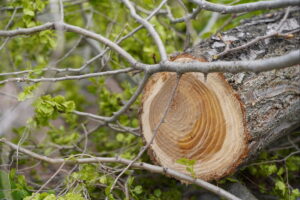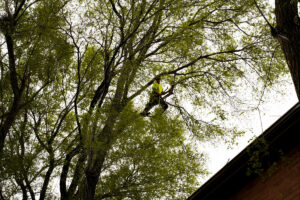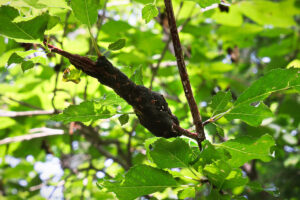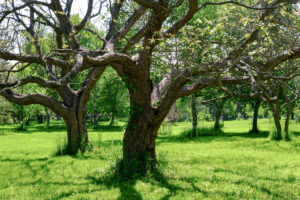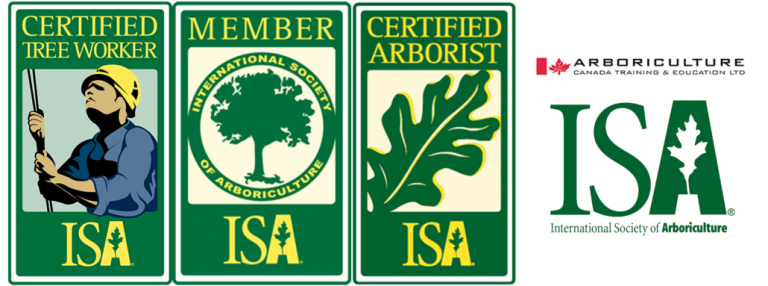York Region Arborist Discusses Tree Topping
If you\’ve ever noticed oddly shaped trees with their branches cut down to stubs and with lots of dense shoot growth, you were looking at a topped tree. Tree topping is the practice of cutting the main vertical stem and upper limbs off of mature trees. What is left are stubs and smaller branches lower on the tree.
People do this for a number of reasons. They may feel that the tree is too large and presents a hazard from falling branches or from being toppled in a storm. However, tree topping creates a greater hazard because the tree responds by growing dense sprouts in order to quickly regrow foliage. These dense growths have greater wind resistance which means that high winds exert greater forces on the tree. This, combined with the disease and decay caused by topping make the tree a greater wind hazard than before. In addition, the shoots are poorly anchored and rapidly grow to long lengths. This makes them more prone to breaking off in storms. Although you make the tree safer immediately following the topping, the tree becomes a greater hazard over time.
A Topping Myth
Topping is also practiced because it\’s believed that it stimulates new growth. While this is true in the short-term, it weakens the tree and may even cause it to die. Topping is a drastic thing to do because it abruptly reduces the tree\’s ability to produce energy from sunlight. If it doesn\’t have enough reserve energy to quickly grow new shoots, the weakened tree becomes more susceptible to disease. The multiple large wounds caused by topping also provide sites for disease to enter the tree. Most trees can\’t defend themselves from infestation with this many large wounds.
Because topping denudes the tree of its leaves, its bark becomes exposed to direct sunlight which can damage the living tissue just beneath. This often leads to split bark, cankers, and dead branches.
Topping is one of the worst of tree pruning practices. Not only does it harm your tree, it increases your work load. The denser foliage and rapid branch growth requires more frequent maintenance work on your part. If you believe your tree is getting too large, presents a safety hazard, or if you feel its foliage is growing too slowly, consult with a professional York region arborist. They can suggest effective solutions that are healthy for the tree. You can follow along on Facebook and Instagram, or you can contact us here if you have any questions.

